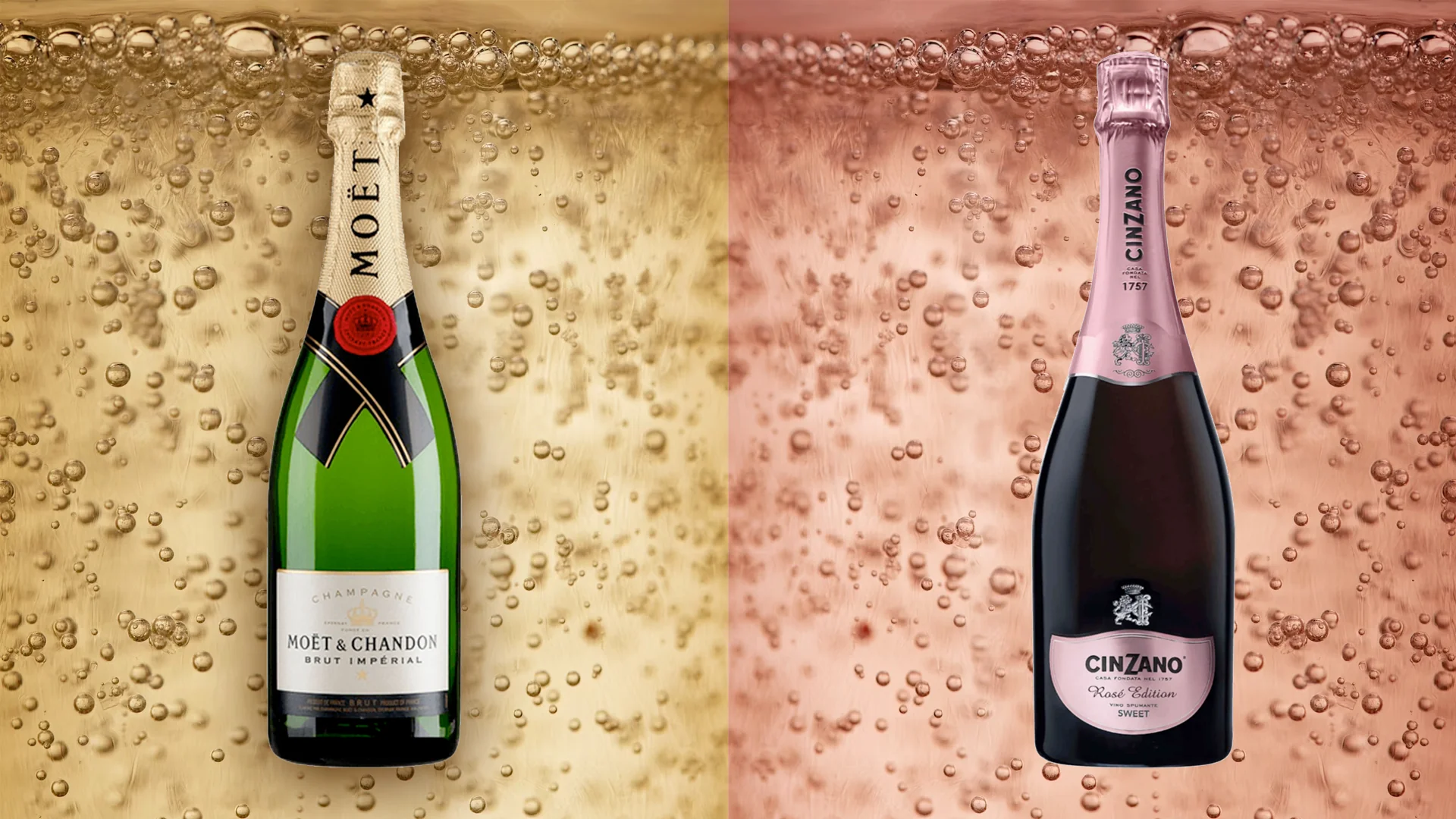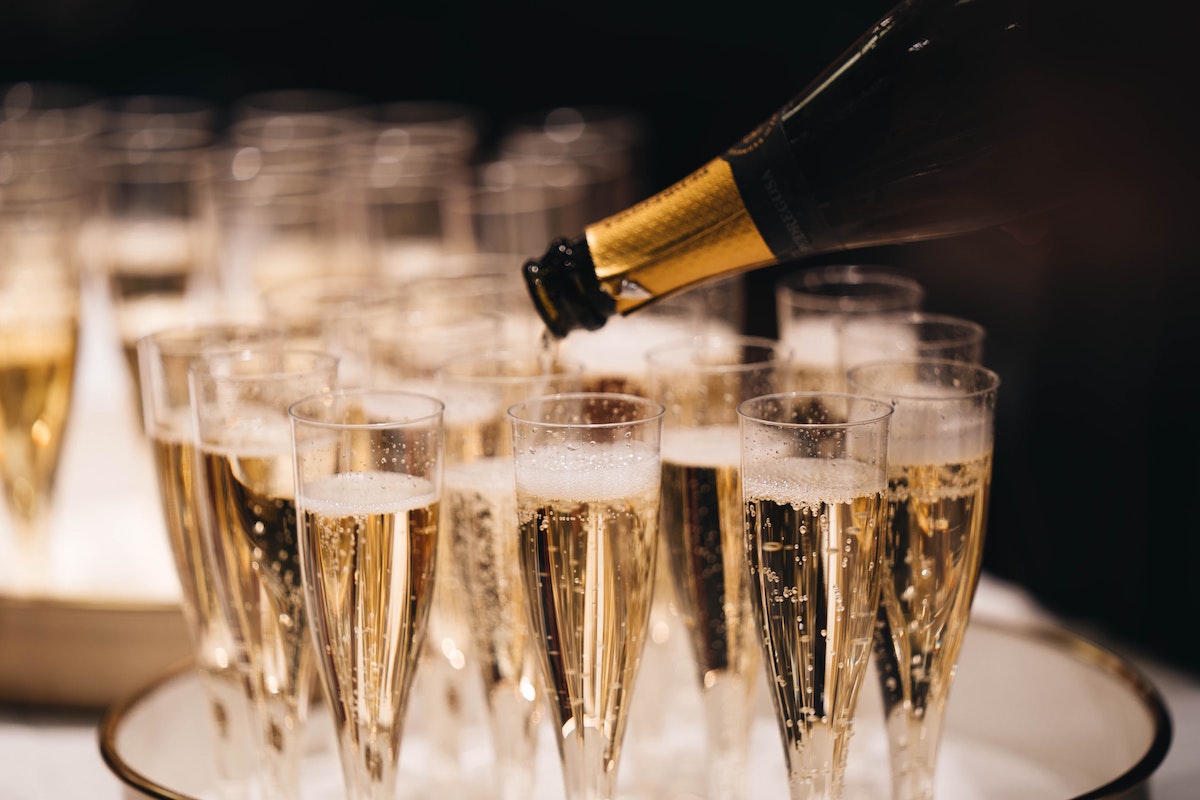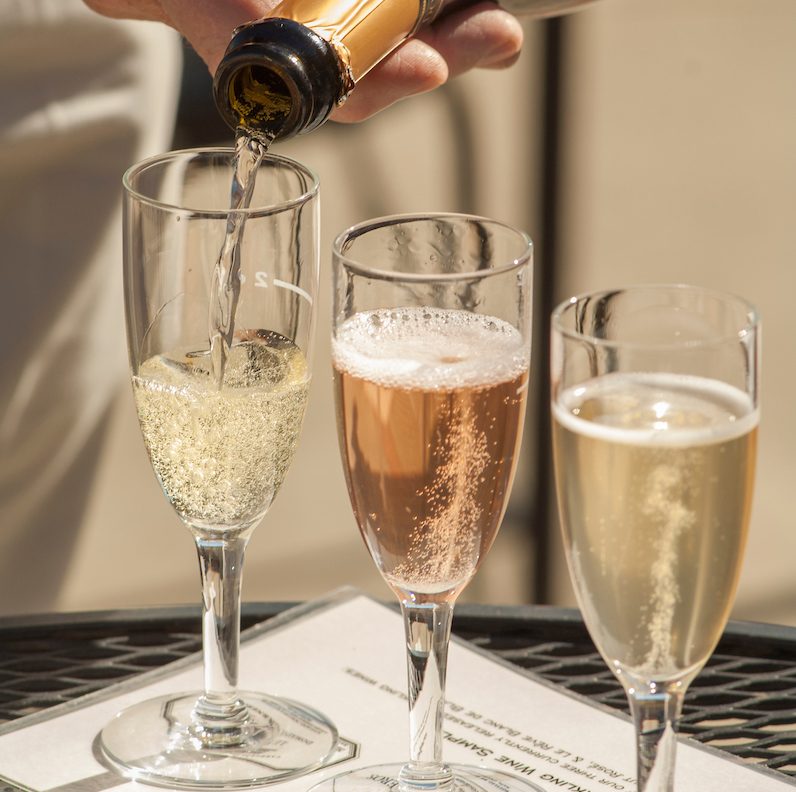Wine is more than just a drink—it’s a celebration of culture, craftsmanship, and the senses. Whether you’re toasting at a wedding or enjoying a quiet dinner at home, the world of wine offers a dazzling array of choices. Among the most fundamental distinctions in wine is the difference between still and sparkling varieties. While both begin with humble grapes, the journey from vineyard to glass transforms them into drinks with distinct personalities.
Still wines, the backbone of the wine world, offer calm, nuanced flavors and a smooth texture, making them ideal for pairing with food. Sparkling wines, on the other hand, bring excitement to the table with their lively bubbles and festive fizz, perfect for toasting special moments. Understanding the differences between these two styles is essential for anyone looking to expand their wine knowledge, enhance their dining experiences, or simply enjoy a glass with greater appreciation.
In this blog, we’ll uncork the secrets behind still and sparkling wines, exploring how they’re made, how they taste, and why each deserves a place in your glass. So, let’s shift on this delightful journey together!
What Is Still Wine?

Still wine is the classic style most people think of when they hear the word “wine.” It’s defined by its lack of effervescence—meaning, there are no bubbles or fizz. Still wines can be red, white, or rosé, and they make up the vast majority of wines produced and consumed around the world.
Key Characteristics of Still Wine
-
Appearance: Calm and clear in the glass, with no visible bubbles rising to the surface.
-
Texture: Smooth and rounded mouthfeel, gliding gently across the palate without any tingling sensation.
-
Flavor Profile: Still wines often have pronounced aromas and flavors, allowing the true character of the grape and terroir to shine. Depending on the grape variety and winemaking techniques, you might taste everything from ripe fruit and floral notes to earthy undertones and hints of oak.
-
Serving Style: Typically poured into regular wine glasses or goblets, which allow the aromas to develop and the flavors to unfold gradually.
Types of Still Wine
Still wines are further categorized by color and body:
-
White Wines: Made from white grapes, usually pale lemon to golden in color.
-
Red Wines: Made from black grapes, with deeper color and tannins from skin contact.
-
Rosé Wines: Made from black grapes, but with limited skin contact for a lighter pink hue.
-
Body: Ranges from light (refreshing and delicate) to full (intense and mouth-coating), depending on grape variety and winemaking style.
What Is Sparkling Wine?

Sparkling wine is instantly recognizable by its effervescence—the lively bubbles that rise in the glass and dance on your tongue. These bubbles are the result of significant levels of carbon dioxide, which is naturally produced and trapped during a special fermentation process.
How Sparkling Wine Is Made
While sparkling and still wines start with similar grape juice and initial fermentation, sparkling wines undergo a crucial second fermentation. Here’s how it works:
-
First Fermentation: Grape juice is fermented into a base wine, just like still wine.
-
Second Fermentation: Winemakers add yeast and sugar to the base wine, then seal it in a closed container (either a bottle or a tank). The yeast consumes the sugar, producing alcohol and carbon dioxide. Because the container is sealed, the CO₂ becomes trapped in the wine, creating bubbles.
There are two main methods for this second fermentation:
-
Traditional Method (Champagne Method): Second fermentation occurs in the bottle, often resulting in more complex and expensive sparkling wines.
-
Tank Method (Charmat Method): Second fermentation takes place in large, pressurized tanks, making the process faster and more cost-effective.
Key Characteristics of Sparkling Wine
-
Appearance: Streams of tiny bubbles rise to the surface, creating a lively and celebratory look.
-
Texture: Lively, tingling mouthfeel due to carbonation; the bubbles dance on your tongue, offering a refreshing sensation.
-
Flavor Profile: Sparkling wines often have delicate, subtle aromas and flavors. The bubbles can suppress some fragrances, but vibrant acidity and notes of citrus, green apple, toast, and yeast are commonly found.
-
Serving Style: Served in flutes or tulip-shaped glasses, which help preserve the bubbles and concentrate the aromas.
-
Bottle Design: Sparkling wines are usually bottled in thicker glass with a wired cork, designed to withstand the internal pressure from carbonation.
Health and Calorie Considerations

Both still and sparkling wines offer health benefits, thanks to antioxidants present in the grapes. Sparkling wines, often made from both red and white grapes, contain antioxidants that support heart health, similar to those found in red wines. Interestingly, sparkling wines tend to have fewer calories per glass—about 80 compared to 120 in still wines, making them a lighter option for those watching their intake.
How to Choose: Food Pairings and Occasions
-
Still Wines: Their pronounced flavors and smooth texture make them versatile for pairing with a wide range of foods, from rich meats to delicate seafood or vegetarian dishes. Red wines often pair well with hearty, flavorful meals, while whites and rosés are ideal for lighter fare.
-
Sparkling Wines: The vibrant acidity and refreshing bubbles of sparkling wines make them excellent with salty snacks, seafood, fried foods, and even desserts. Their celebratory nature also makes them the go-to choice for special occasions and toasts.
Visual and Sensory Differences
-
Visual: Still wine is calm and clear, while sparkling wine is marked by its stream of bubbles.
-
Mouthfeel: Still wine is smooth; sparkling wine tingles and refreshes with every sip.
-
Aromas: Still wines may have deeper, more pronounced aromas; sparkling wines are often more subtle, with hints of yeast and toast from secondary fermentation.
The world of wine is rich and varied, but the difference between still and sparkling wine is one of the most fundamental—and fascinating—distinctions. Still wines offer a calm, nuanced experience, perfect for savoring the complexity of the grape and the land. Sparkling wines, with their effervescence and festive flair, bring excitement and celebration to any occasion. Both styles have their place at the table and in the glass, offering unique pleasures and pairing possibilities. Whether you prefer the quiet elegance of still wine or the lively sparkle of a bubbly, understanding their differences can help you choose the perfect bottle for any moment.


